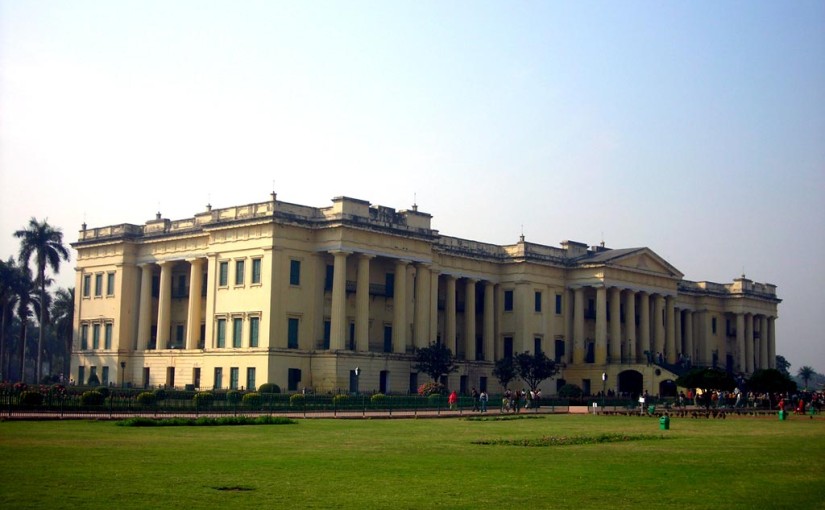Murshidabad is a place of historic importance situated on the southern bank of River Bhagirathi. It was the last capital of Independent Bengal from 1717 to 1773 when the East India Company shifted its capital to Kolkata. The present city is renowned for its silks and places of historical interest. It also serves as the district head quarters of Murshidabad district.
Tag: Nawabs of Bengal
Mosque at Khoshbag Cemetary, Murshidabad
This mosque is located inside the premises of Khoshbag which is the final resting place of the Nawabs belonging to the Afshar dynasty ruling Bengal. It has the tombs of Nawab Siraj-ud-Daulah, his wife, grandfather and grandfather’s mother. Located on the west bank of Bhagirathi River, this is a famous toursist spot.
Cemetery of Siraj-Ud-Daula (Khoshbag ), Murshidabad
The cemetery of Siraj-ud-Daulah or Khoshbag as it is popularly known as is located at the Bhagirathi River bank in the west. The tomb is also shared by his wife, Lutf-un-nisa and his grandfather, Alivardi Khan. Basically Khoshbag is home to the tombs of Nawabs from the Afshar dynasty. Khoshbag covers an area of 7.65 acres of land. This is a prime holiday hotspot and thus secures a permanent place in other listings on the most notable tourist attractions in Murshidabad.
Berhampur: The symbol of glory of the Nawabs of Bengal
Berhampur, also fondly known as Baharampur, is a city in the district of Murshidabad, West Bengal. It currently serves as the administrative headquarters of the same district. The place is famous because Rishi Bankim Chandra Chattopadhyay, the great Bengali author, wrote Anandamath when he sat next to the riverbanks of Bhagirathi. One of the most important reasons why this district town occupies a place in Indian History, is because it served as the first capital of India under the British rule. It was in the year 1772 that the British had shifted to Kolkata.
